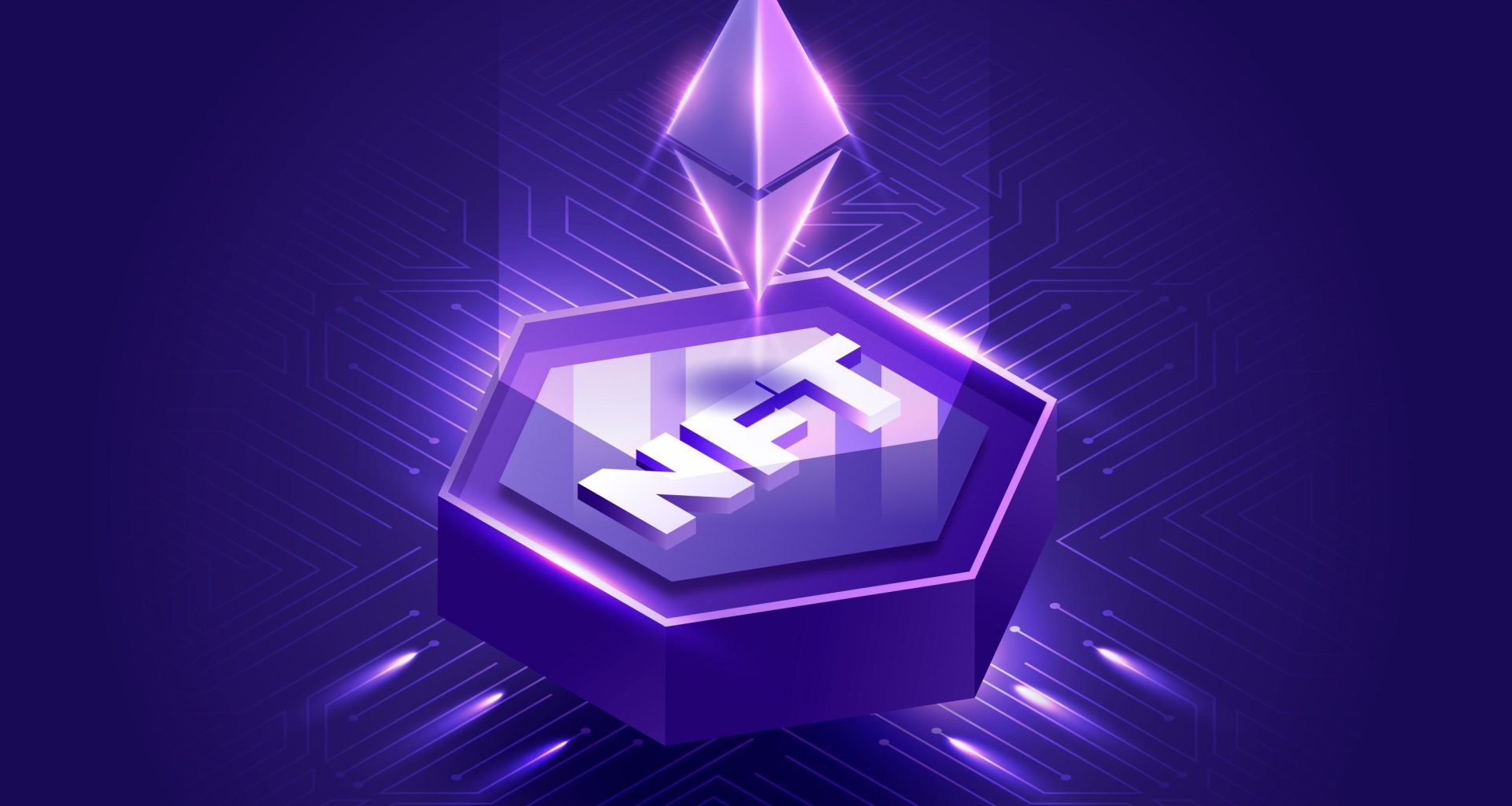The foundation of economies should rely on sustainable principles rather than fleeting excitement. In the realm of the metaverse, the buzz around virtual assets couldn’t hold indefinitely due to a psychological phenomenon known as the over-justification effect. Essentially, when external rewards, like monetary gains, become the main driving force, the intrinsic enjoyment of activities diminishes over time, leading to disengagement. Thus, the initial enthusiasm for virtual land sales, NFTs, and token staking waned as users sought deeper, more meaningful incentives to participate.
Despite the captivating gameplay offered by platforms like Decentraland and Axie Infinity, their daily user counts remained disappointingly low, hovering around 30 to 40. This underscores the argument that financial incentives alone are insufficient to sustain interest in the metaverse and NFT games; users crave richer experiences.
To propel the metaverse into a state of readiness for widespread adoption, meticulous attention must be paid to the design of tokenomics. Selecting the appropriate token system—whether single-token or multi-token—sets the stage for a functional ecosystem. Multi-token models, exemplified by projects like Axie and Sandbox, cater to the complexity of diverse virtual environments by offering tokens with distinct purposes and incentive structures. Achieving equilibrium between token supply and demand is paramount, necessitating careful consideration of supply dynamics, such as deflationary or inflationary mechanisms.
Maintaining a delicate balance between token generation and user growth requires continuous innovation. Introducing novel utilities, such as avatar customization options or in-game economies, can stimulate user engagement and transactional activity. However, the challenge extends beyond crafting game mechanics; sustaining long-term user interest demands the creation of compelling narratives and daily interactive strategies. In play-to-earn games like Axie, the decline in engagement despite financial incentives underscores the importance of intrinsic motivation. Similarly, non-gaming metaverses must offer experiences that resonate with users on a deeper level, fostering a sense of belonging and purpose within the virtual community.
As we stand on the cusp of the second generation of metaverses, characterized by more sophisticated design and mainstream adoption, there is an opportunity to redefine digital engagement. The shifting digital habits of younger generations, as evidenced by increased time spent on immersive platforms like Roblox and Fortnite, signal a growing appetite for interactive experiences. By prioritizing user experience and striking a harmonious balance between tokenomics and engagement strategies, the next wave of metaverses has the potential to revolutionize how we interact with virtual environments.















